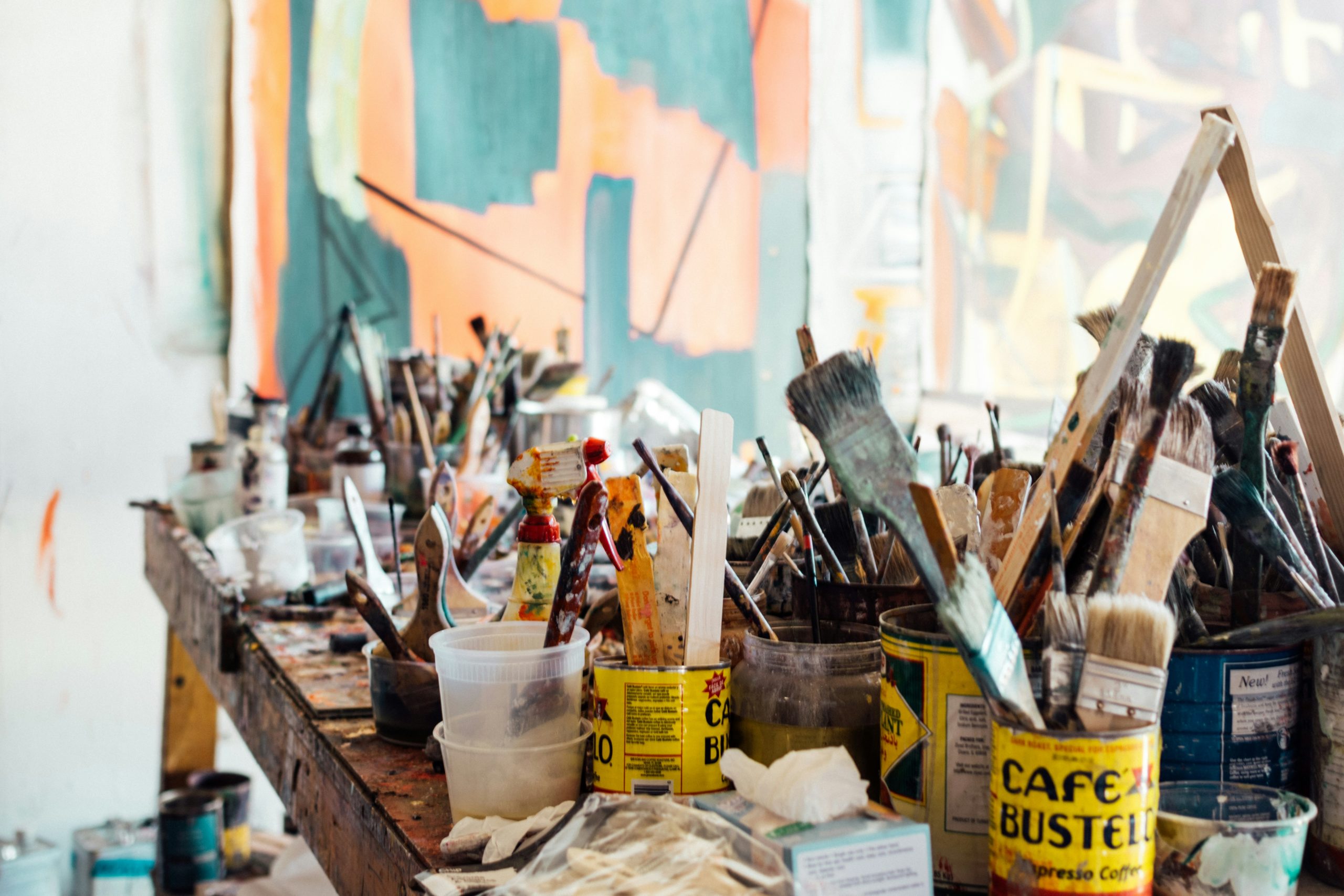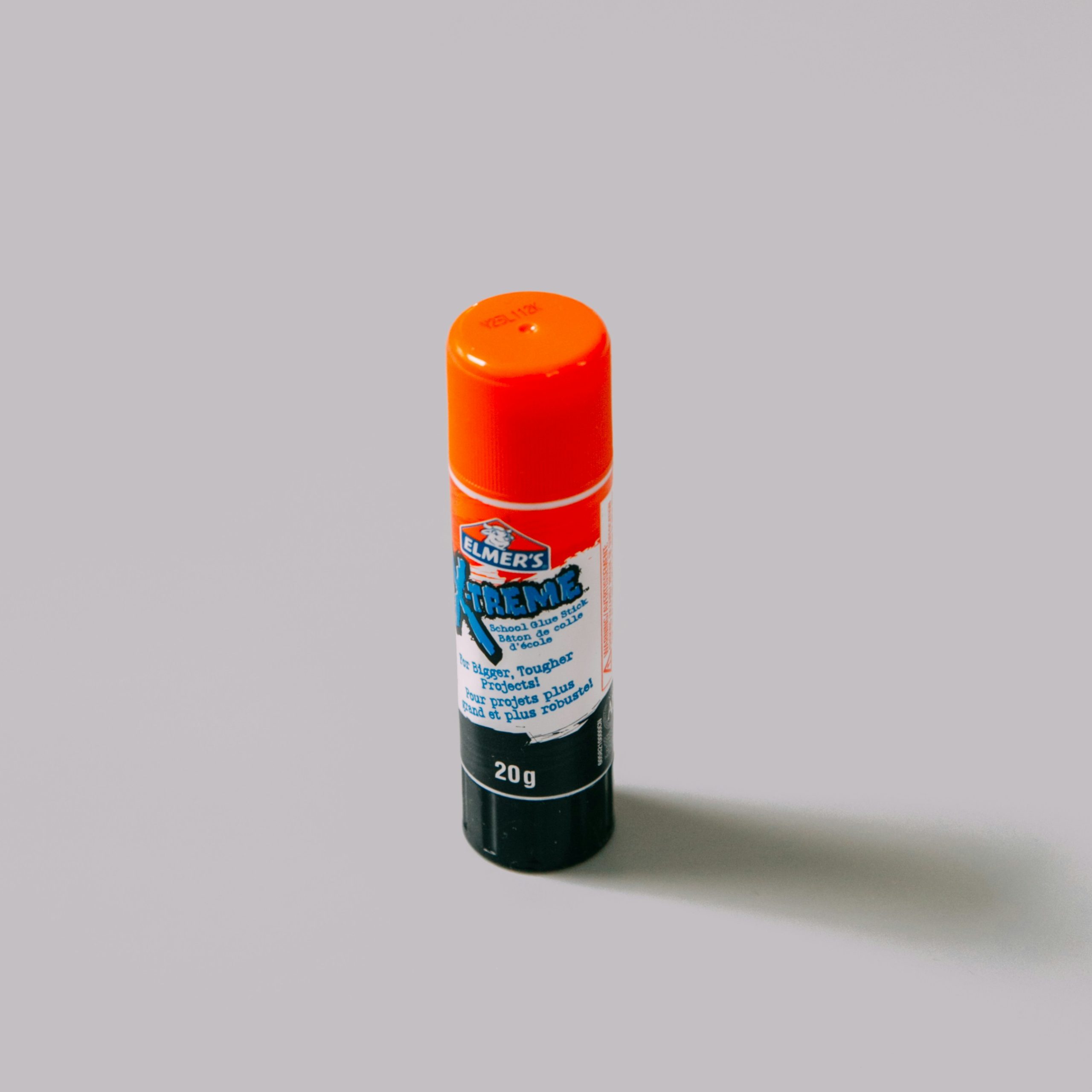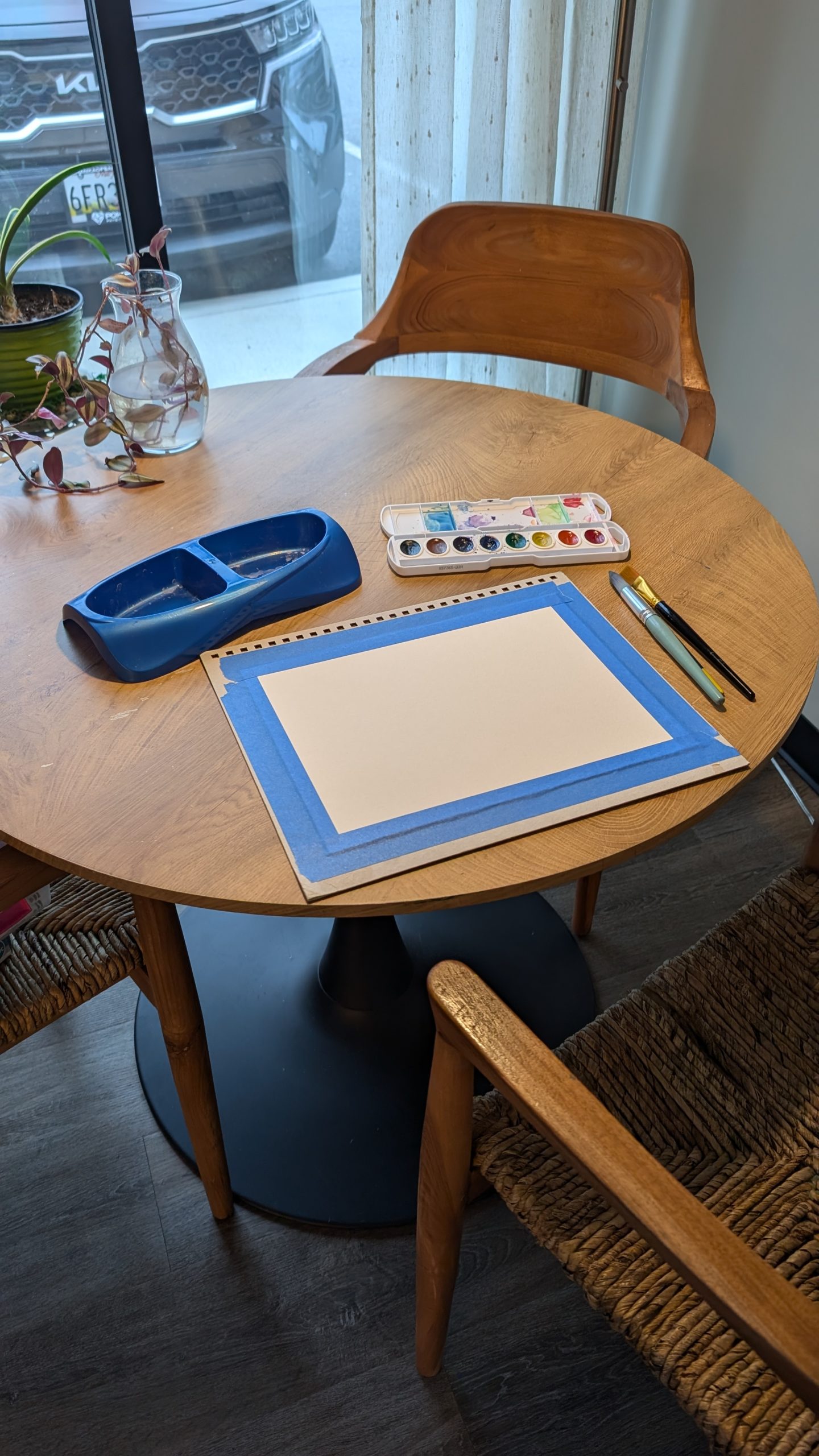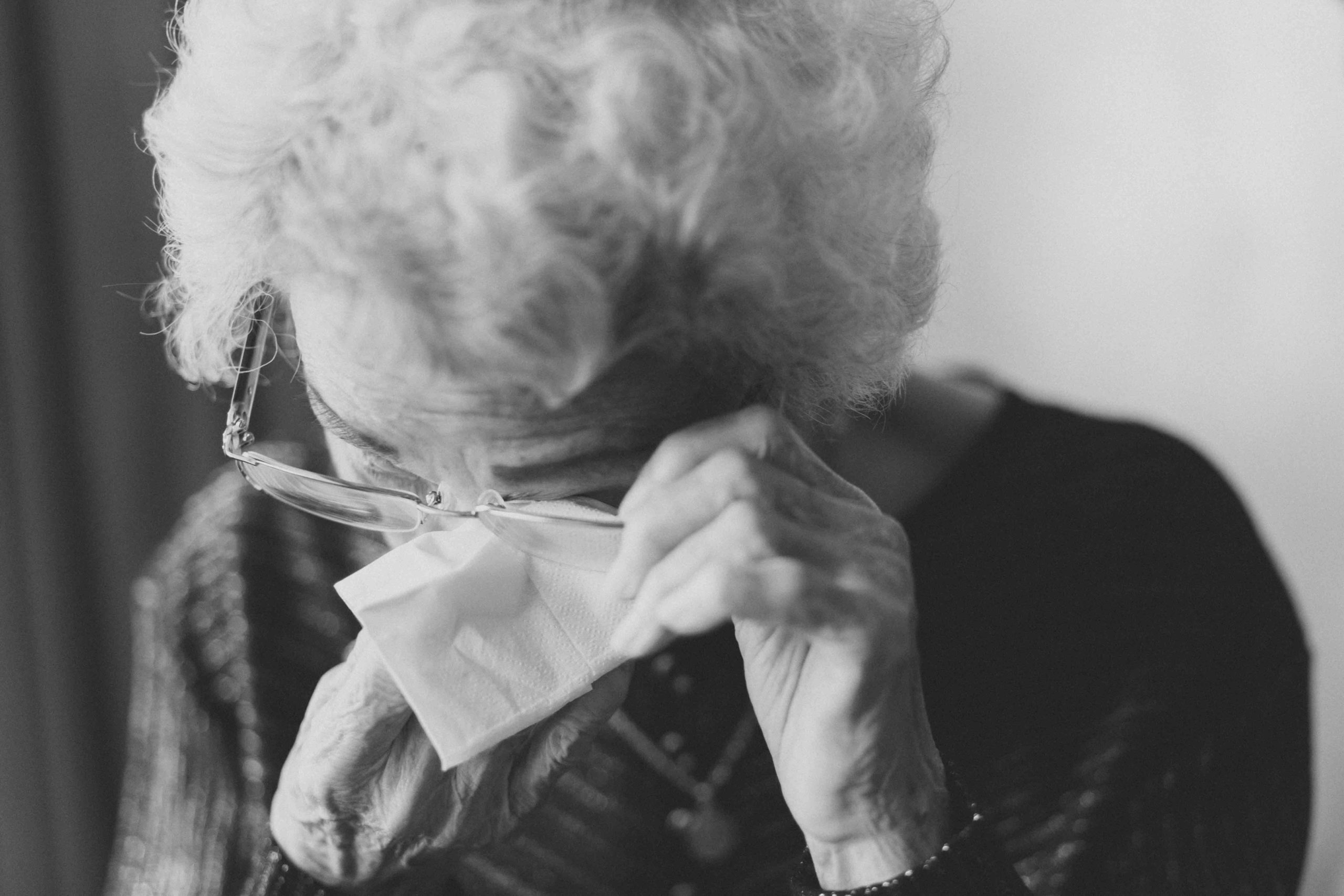Same Art, New Presentation
Setting up an art space for someone living with dementia is a bit different from setting up a regular art session. The key is to make small adjustments based on where they are in the disease process. You can use many of the same materials you’d use with anyone else, but the way you present them can make all the difference. The goal is to create a space that feels supportive and not overwhelming, which can sometimes mean simplifying things.
Keep It Simple
Too many materials at once can be overwhelming. This includes an abundance of paint colors, brushes, or collage pieces. In the earlier stages of dementia, when someone might still be living independently, you can offer them their choice of materials. But if you notice them hesitating or looking confused or anxious, that’s a sign that it might be time to pare down the options. The simpler the setup, the less overwhelming it will feel, helping them to stay engaged and feeling a sense of control without becoming anxious.


Be a Silent Partner
It’s important to let them lead the way in the creative process. They should be making the decisions, and your role is to assist, not direct. For example, if you’re working on a collage together, they might pick the pictures, and you can help with the glue or placing the pictures where they want them. The idea is to be a supportive partner, helping them carry out their vision rather than guiding them toward your own.
Accommodate Their Needs
As the disease progresses, fine motor skills might decline, but that doesn’t mean they can’t still use scissors or paint. You might need to adapt tools to make them easier to hold. For example, choose water cups that don’t resemble drinking glasses to avoid any confusion—pet water dishes are a great option since they’re low, stable, and unlikely to be mistaken for a drinking cup.


Consider Visual Impairments
If the person has visual impairments, think about how you can make the art process easier for them. Using blue masking tape to outline the edges of their paper can help them see where to paint more clearly. If white paper on a light table is hard to see, this simple trick can make a big difference.
Overall, the key is to be mindful of their individual needs and adjust the art space accordingly. It’s not about doing the project for them, but rather setting up the environment in a way that empowers them to express themselves creatively, no matter where they are in their journey with dementia. Curious about what an art therapy session would look like? You can check out my blog about it here.
Recent Comments